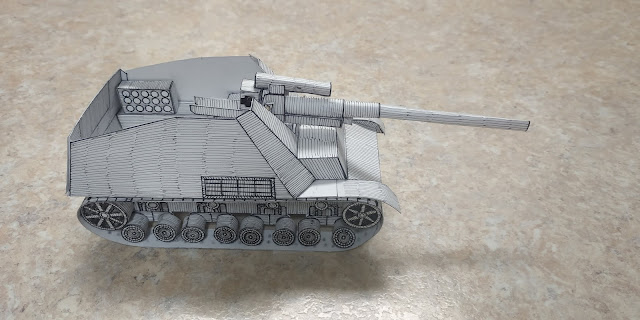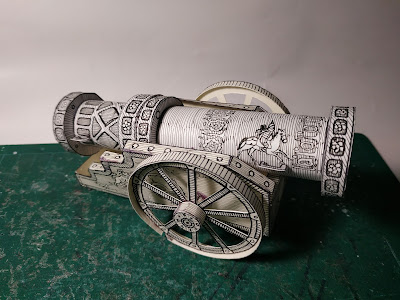Char 2C (French Super Heavy Tank) Papercraft

History: The Char 2C, also known as the FCM 2C, is a French heavy tank, later also seen as a super-heavy tank, developed during World War I but not deployed until after the war. It was, in total volume or physical dimensions, the largest operational tank ever made. Designed at the end of the Great War to replace the Saint-Chamond tank and participate in the main offensives planned for 1919, this super heavy and heavily armed tank had to be able to cross trenches of 5.20 m, - the width of a lock in the north channel of France - and crush enemy checkpoints without the support of artillery. Faced with the technical and industrial problems of this program too ambitious for the capabilities of a French industrial-military complex already committed to the maximum of its capabilities, General Jean Estienne ordered, in January 1918, no less than 700 of these "land battleships" . intended for assault artillery. Only ten were finally built by the Forges et Chantiers de la Méditerrané

